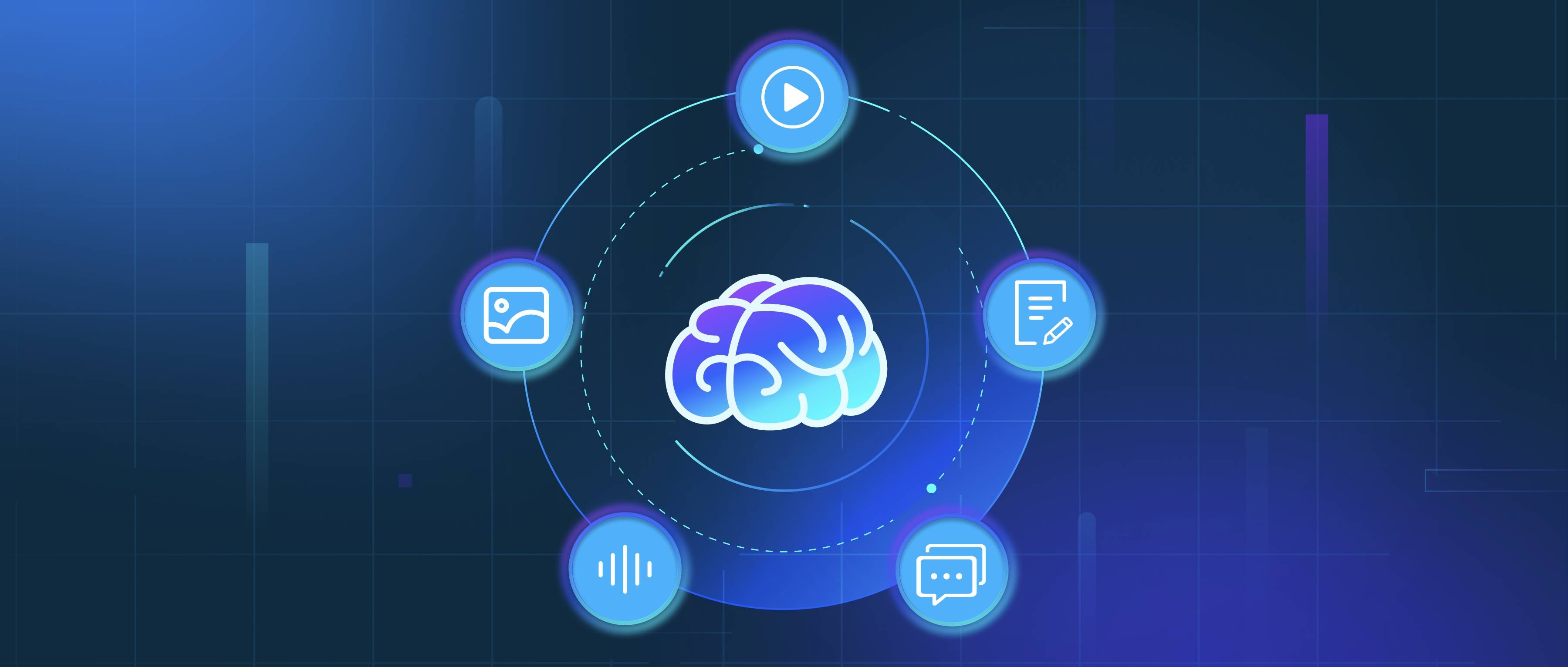Depth sensing is a critical technology in augmented reality (AR) applications that enhances the way virtual objects are integrated into the real world. It allows devices to measure the distance of objects from the camera, which helps create a three-dimensional representation of the environment. This information enables AR applications to accurately place virtual items in relation to real-world objects, ensuring they appear as if they coexist in the same space. For example, if you use an AR app to place a virtual sofa in your living room, depth sensing ensures that the sofa appears to sit on the floor and behind or in front of other furniture, making it look more realistic.
Depth sensing works through different methods, such as stereo vision, structured light, and time-of-flight sensors. Stereo vision uses two cameras to simulate human sight, comparing images to determine depth. Structured light involves projecting a known light pattern onto a surface and analyzing the deformation of the pattern to gauge distance. Time-of-flight cameras send out light pulses and measure how long it takes for the light to bounce back. For instance, the Microsoft HoloLens uses a combination of depth sensors to create spatial maps of environments, enabling users to interact with virtual elements as if they were solid parts of their surroundings.
In practical applications, depth sensing can enhance gaming, interior design, and education. In gaming, it allows for immersive experiences where characters can navigate around real objects. In interior design, users can visualize potential furniture arrangements in their space before making a purchase. Educational tools can use depth sensing to create interactive anatomy lessons that allow students to explore 3D models overlaid on physical objects. In all these cases, depth sensing helps bridge the gap between the digital and physical worlds, making AR more intuitive and engaging for users.
